Art & Exhibitions
In Los Angeles, Sprüth Magers Celebrates the Artistic Contributions of African American Women
The exhibition is curated by advisor Todd Levin.
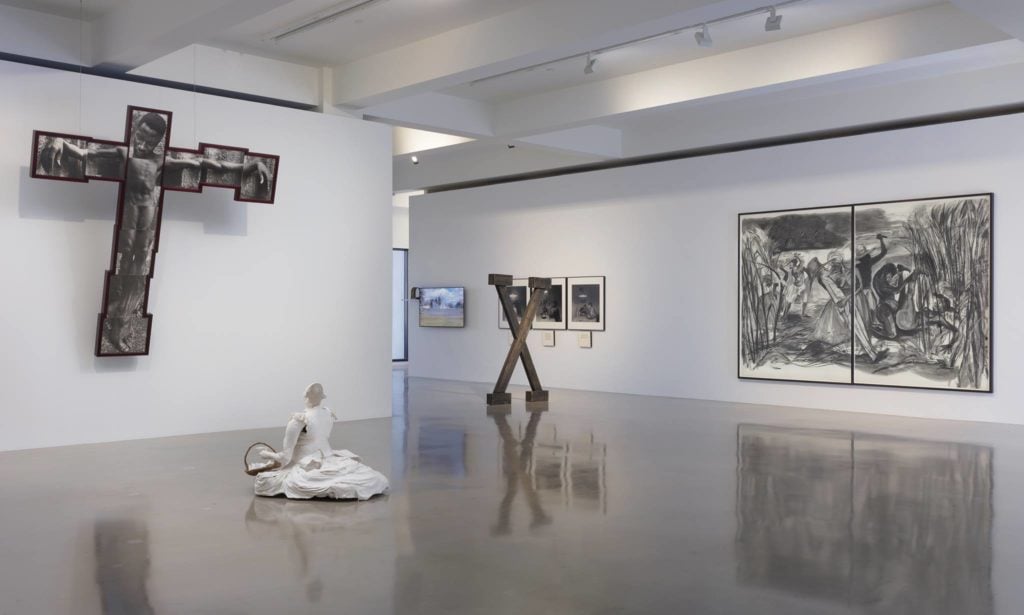
The exhibition is curated by advisor Todd Levin.

Sprüth Magers has a sweeping survey exhibition of African American woman artists at the gallery’s Los Angeles space that delves into the role of race and gender in America. Taking its title from the 1970 gospel song by Sister Gertrude Morgan, “POWER” examines the work of 37 artists spanning from the 19th century to today.
German dealers Monika Sprüth and Philomene Magers have dedicated a significant portion of their careers to promoting woman artists, and this show highlights the significant contributions of African American women to American art, contributions that have often been overlooked by the art establishment.
“Many African American artists, including those in this exhibition, confront this acute crisis by explicitly addressing the historic and continuing power of the black female body, and critiquing society’s shying away from African American art in general—efforts undertaken with the intention of breaking down old barriers and liberating art, artists, and viewers,” art advisor Todd Levin, who curated the show, told artnet News in an email.
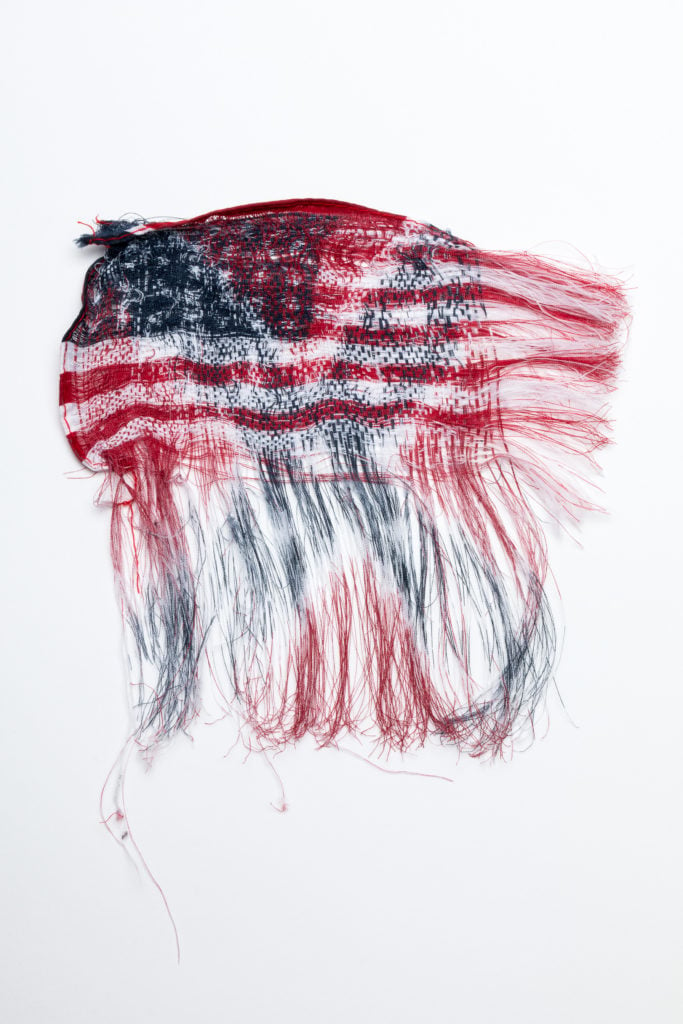
Sonya Clark Interwoven II (2016). Photo: Taylor Dabney. © Sonya Clark, Courtesy of the artist.
The exhibition, Levin continued, has been over a year in the making. “I worked on this exhibition privately ‘on spec’ for about a year,” he said. “And then when I felt it was cogently formulated, I mentioned what I had been working on to Monika Sprüth and Philomene Magers. Monika and Philomene felt it was a lively exhibition, and they suggested the possibility of hosting my exhibition at their gallery.”
Chronologically, the exhibition begins with the folk-infused work of self-taught artists who emerged from the atrocities of African slavery at the turn of the Civil War.
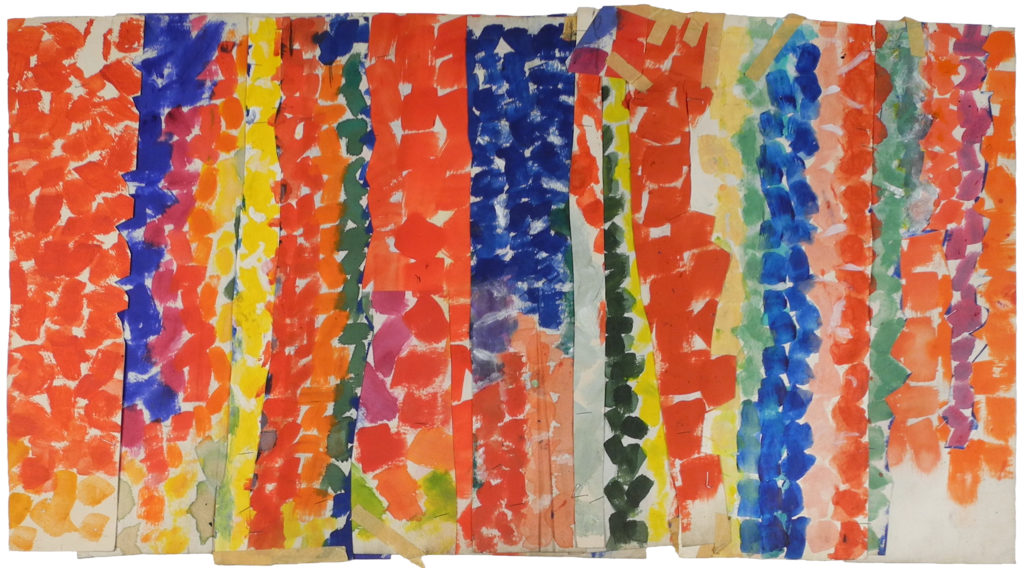
Alma Thomas Untitled (ca. 1968). Photo: Courtesy of HEMPHILL Fine Arts.
The show continues through the Reconstruction Era, when the number of African American women making art increased as educational opportunities grew. The likes of Meta Vaux Warrick Fuller, Alma Woodsey Thomas and Elizabeth Catlett found unique and creative ways to respond to the artistic and historical circumstances of the time.
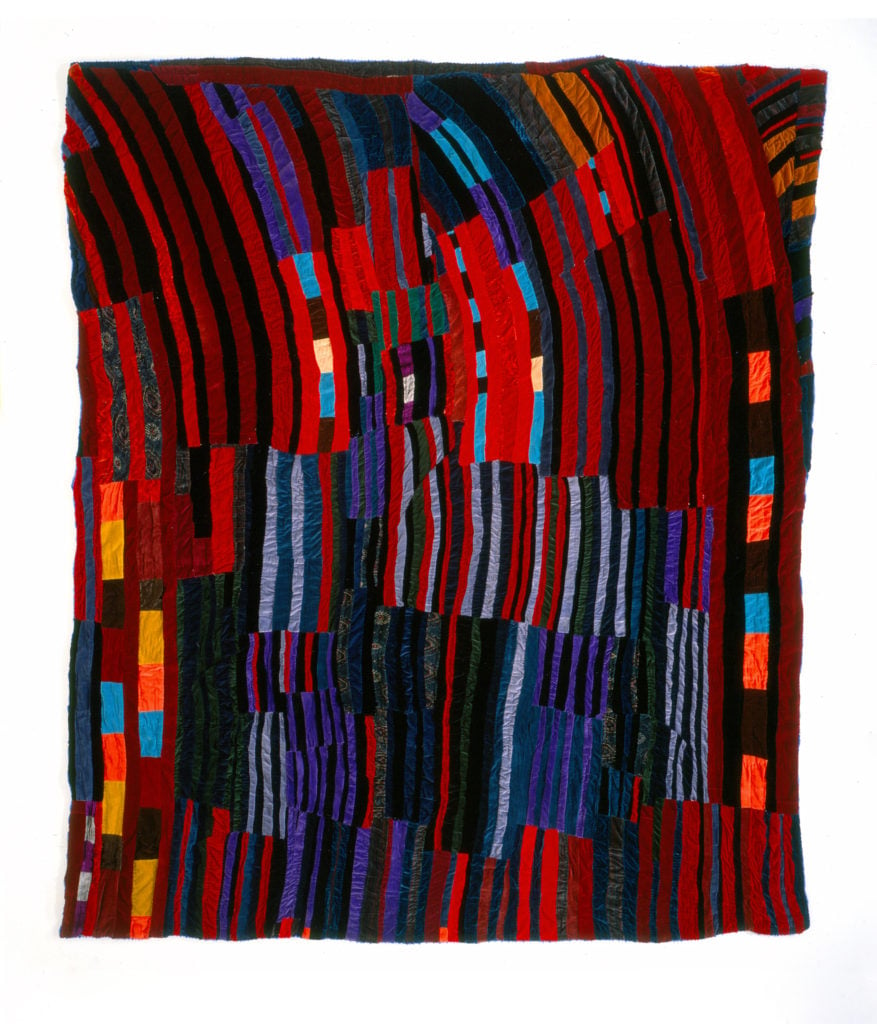
Rosie Lee Tompkins String (1985). Photo: Sharon Riesdorph, courtesy of Eli Leon.
It also showcases works from the Harlem Renaissance, in which the legacies of self-taught practices and the later academically rooted generation of artists converged to give way to a vibrant art scene. However, with a small number of exceptions, the work of black women was overshadowed by their black male counterparts.
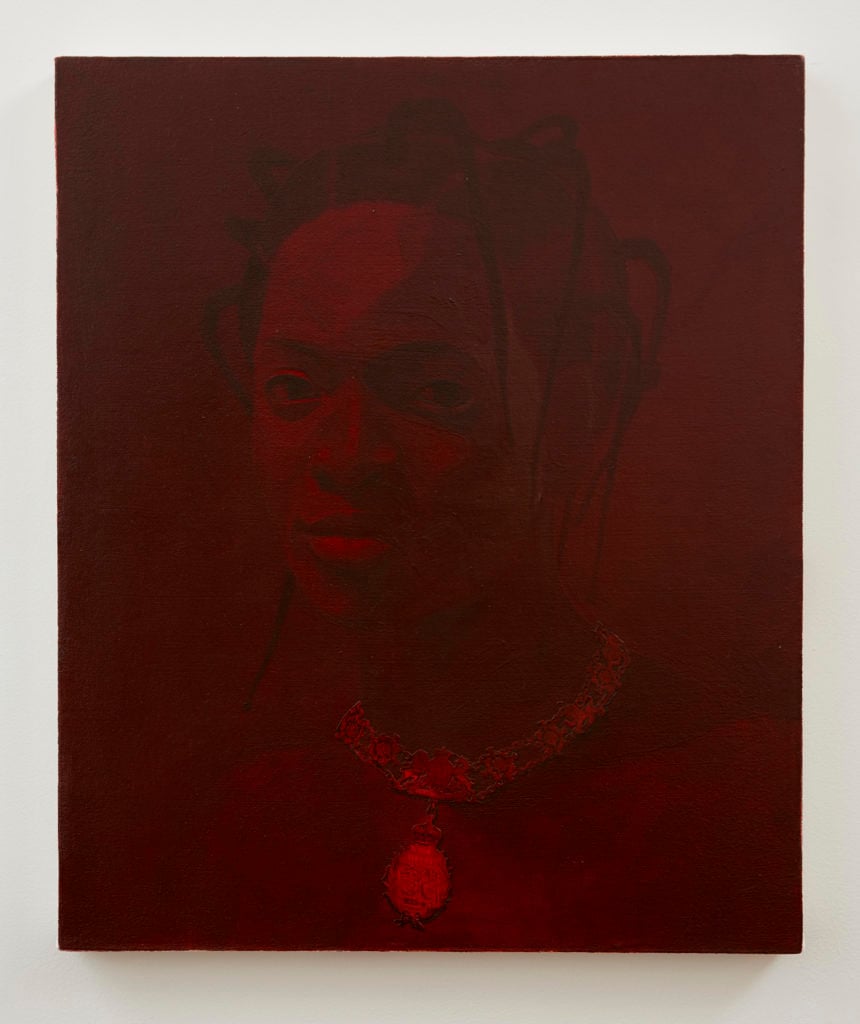
Njideka Akunyili Crosby For Services – Victoria Regina (2013). Photo: Jason Wyche, © Njideka Akunyili Crosby.
It was not until the Civil Rights movement and Women’s movement of the 1960s and 1970s that opportunities arose for black women to participate in the dialogue of American art. Betye Saar, Faith Ringgold, Lorraine O’Grady and others explored different mediums such as photography, sculpture, and performance, laying the foundations for following generations of artists such as Senga Nengudi, Carrie Mae Weems, and Beverly Buchanan to explore a broader range of mediums in the 1970s and 1980s.
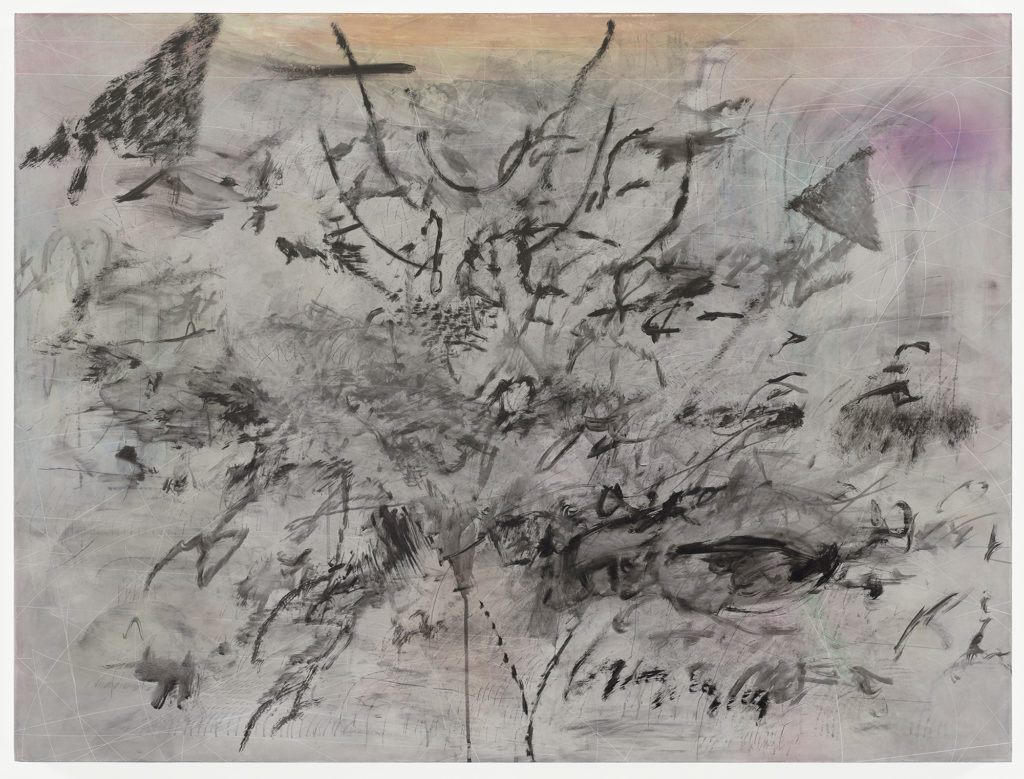
Julie Mehretu Untitled (2012). Photo: Courtesy of Marian Goodman Gallery.
Throughout the late 20th and early 21st centuries, art by African American women reached new heights, built on the legacy of the folk art foundations combined with contemporary practice, materials, and mediums. Contemporary artists such as Ellen Gallagher, Kara Walker, Mickalene Thomas, Njideka Akunyili Crosby, and Nona Faustine have become a part of the American art dialogue.
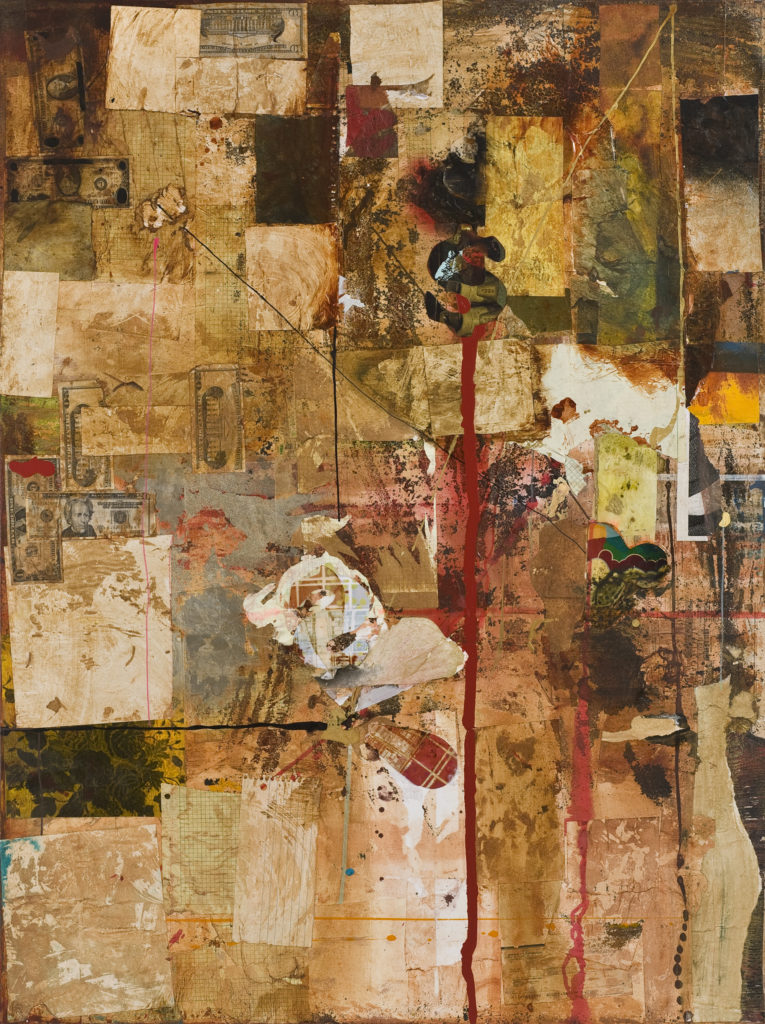
Brenna Youngblood Untitled (Dollar Signs) (2008). Photo: Courtesy of Honor Fraser Gallery.
Set against the backdrop of frayed race relations in America and heated debate over the role of race in American art, this important and timely survey emphasizes the enormous contributions of African American woman artists to the country’s cultural landscape.
“Why has the Art of African American women remained marginalized, while African American music and literature thrive?” Levin asked. “Images possess a uniquely volatile power, and the disregard of art by African American women is the result of the ways slavery, racism, and gender conflict politicized the depiction of African Americans—especially women.”
“POWER” runs from March 29—June 10, 2017 at Sprüth Magers, Los Angeles.